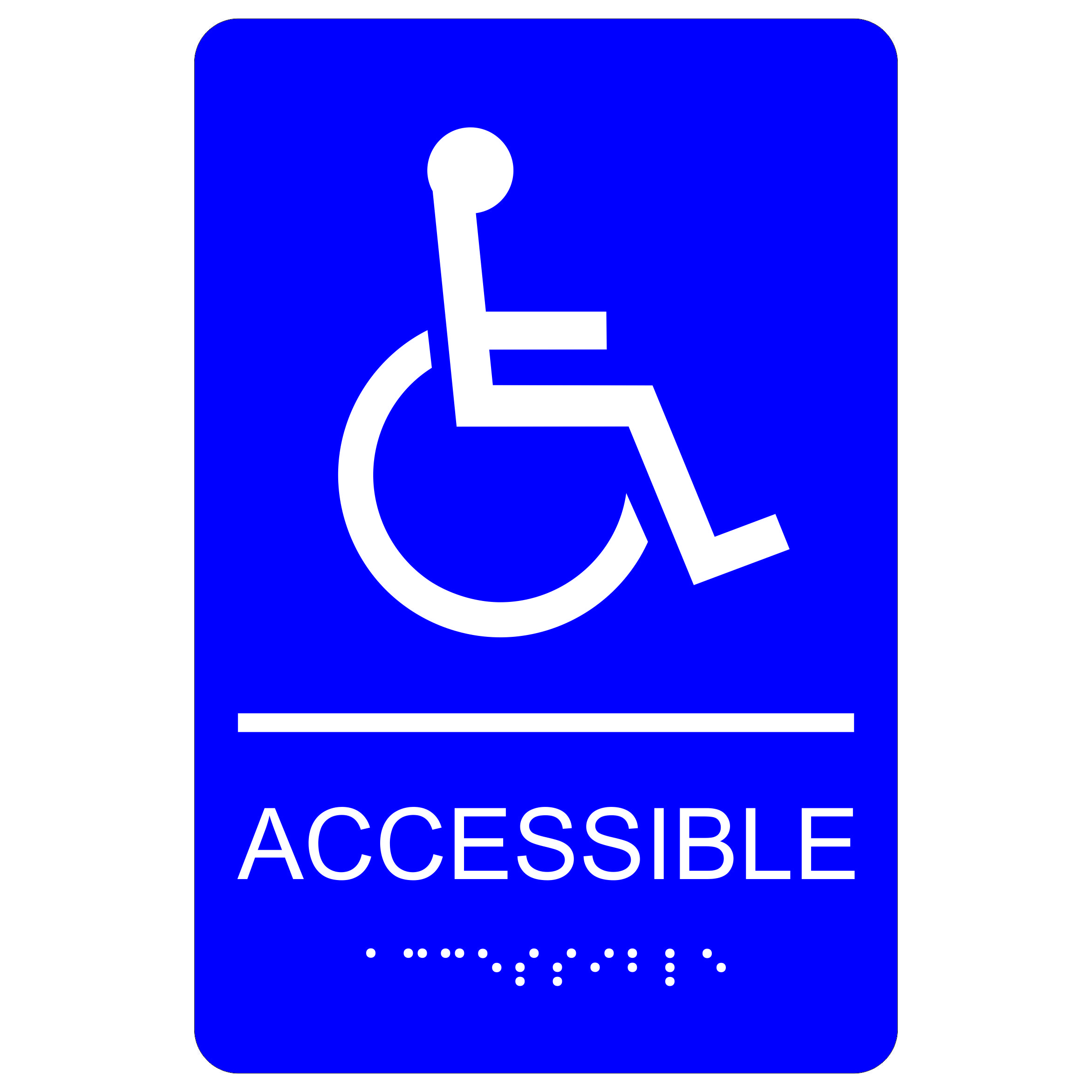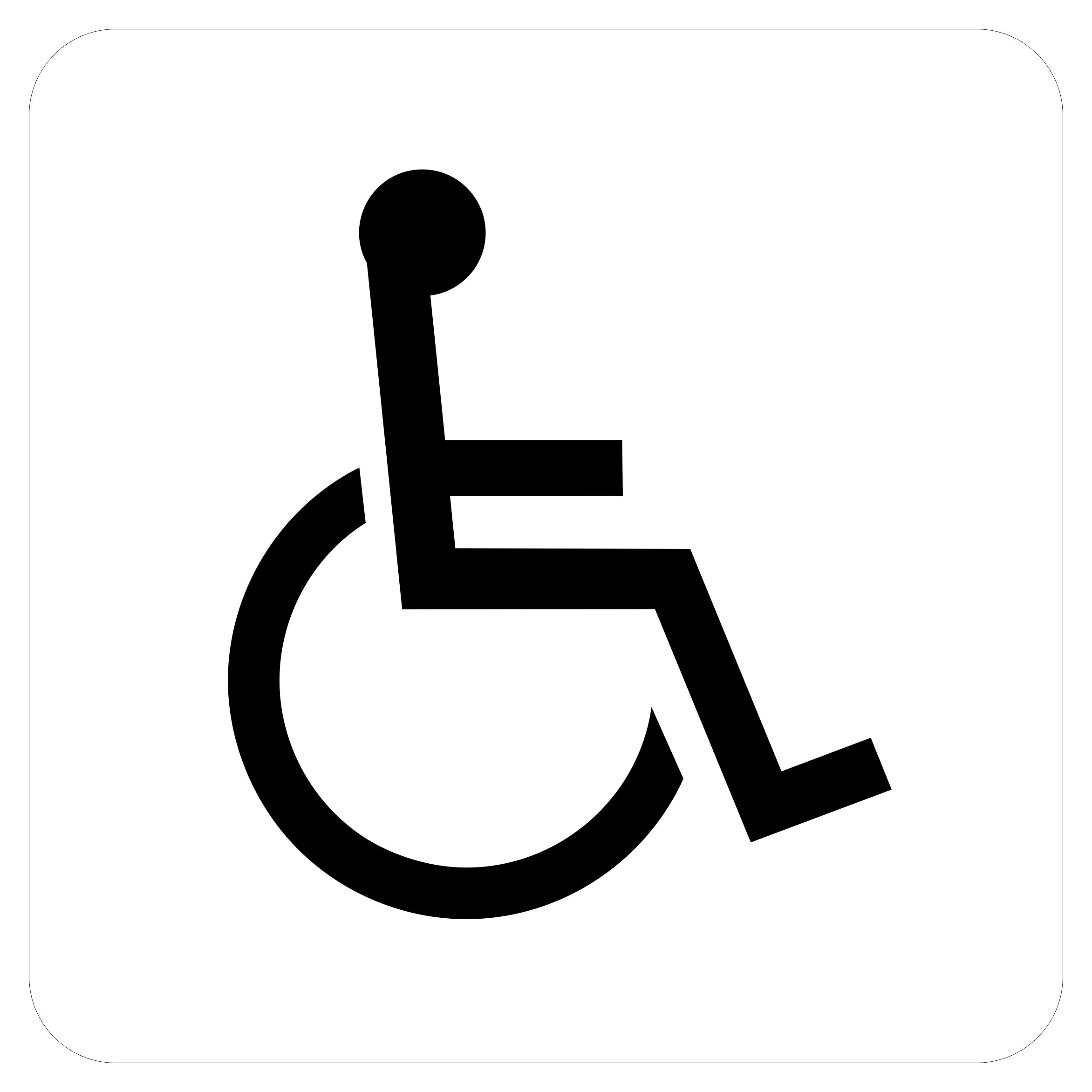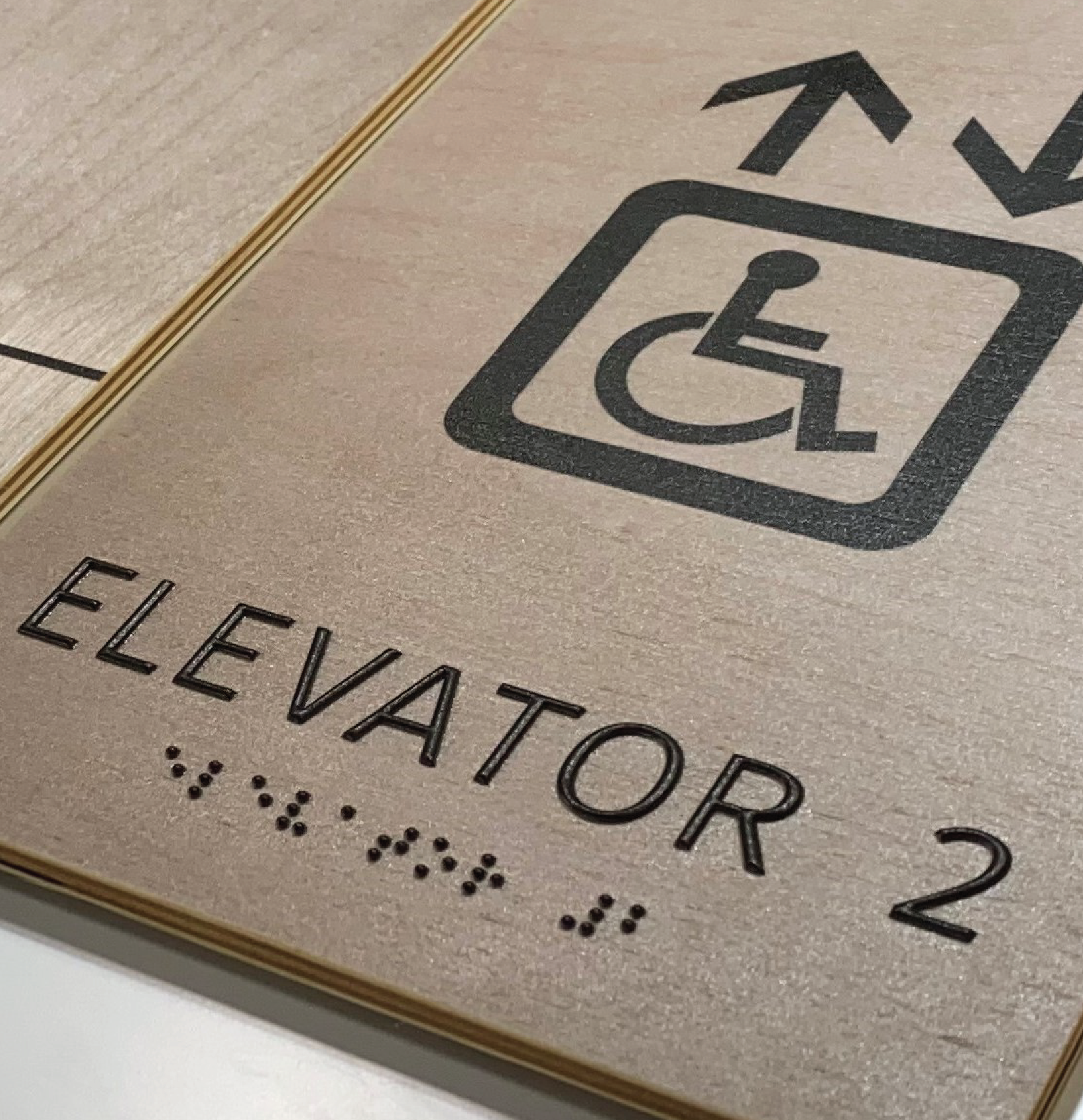The Influence of ADA Signs on Neighborhood Accessibility
The Influence of ADA Signs on Neighborhood Accessibility
Blog Article
Exploring the Secret Attributes of ADA Indications for Improved Access
In the world of availability, ADA indications offer as quiet yet effective allies, making sure that areas are inclusive and accessible for people with specials needs. By integrating Braille and tactile components, these indications break obstacles for the aesthetically impaired, while high-contrast shade plans and clear typefaces cater to varied aesthetic needs.
Significance of ADA Compliance
Ensuring conformity with the Americans with Disabilities Act (ADA) is important for fostering inclusivity and equal gain access to in public areas and workplaces. The ADA, enacted in 1990, mandates that all public facilities, employers, and transportation solutions accommodate individuals with impairments, guaranteeing they take pleasure in the very same civil liberties and chances as others. Compliance with ADA criteria not only satisfies lawful obligations but additionally enhances a company's track record by demonstrating its commitment to diversity and inclusivity.
Among the vital aspects of ADA compliance is the implementation of available signage. ADA indicators are developed to make sure that individuals with impairments can quickly browse via buildings and rooms. These indicators must follow particular standards regarding dimension, font style, color contrast, and placement to assure visibility and readability for all. Properly applied ADA signage helps remove barriers that individuals with impairments commonly encounter, thereby advertising their independence and confidence (ADA Signs).
Additionally, sticking to ADA laws can mitigate the risk of potential fines and legal repercussions. Organizations that stop working to comply with ADA standards may deal with penalties or lawsuits, which can be both financially challenging and destructive to their public image. Thus, ADA conformity is important to promoting a fair environment for every person.
Braille and Tactile Components
The unification of Braille and tactile elements into ADA signs personifies the concepts of availability and inclusivity. It is usually positioned under the matching text on signs to make sure that individuals can access the information without aesthetic aid.
Tactile elements expand past Braille and consist of elevated characters and signs. These parts are developed to be discernible by touch, enabling individuals to recognize area numbers, restrooms, leaves, and other vital locations. The ADA establishes specific standards relating to the dimension, spacing, and positioning of these responsive aspects to maximize readability and ensure consistency throughout various environments.

High-Contrast Color Schemes
High-contrast color design play a crucial function in improving the presence and readability of ADA signs for people with visual impairments. These schemes are important as they make the most of the difference in light reflectance in between message and history, ensuring that indications are conveniently discernible, also from a range. The Americans with Disabilities Act (ADA) mandates making use of particular shade contrasts to accommodate those with minimal vision, making it an essential facet of conformity.
The efficiency of high-contrast shades exists in their ability to stick out in various illumination conditions, consisting of poorly lit atmospheres and areas with glow. Normally, dark text on a light history or light text on a dark history is employed to achieve optimum contrast. For example, black message on a yellow or white background gives a stark visual distinction that assists in fast acknowledgment and comprehension.

Legible Fonts and Text Size
When taking into consideration the layout why not check here of ADA signs, the choice of clear font styles and proper message dimension can not be overemphasized. These components are crucial for ensuring that signs are available to individuals with visual disabilities. The Americans with Disabilities Act (ADA) mandates that font styles should be not this post italic and sans-serif, oblique, manuscript, extremely ornamental, or of unusual type. These demands help guarantee that the text is easily understandable from a distance and that the personalities are distinct to varied target markets.
According to ADA standards, the minimum message height must be 5/8 inch, and it ought to increase proportionally with watching distance. Uniformity in text dimension adds to a cohesive aesthetic experience, aiding people in navigating atmospheres efficiently.
Moreover, spacing between lines and letters is integral to readability. Adequate spacing protects against characters from showing up crowded, enhancing readability. By sticking to these standards, developers can considerably boost availability, ensuring that signs serves its designated function for all individuals, no matter of their visual abilities.
Effective Placement Approaches
Strategic placement of ADA signs is important for making the most of access and guaranteeing conformity with lawful standards. Appropriately located indications lead individuals with disabilities properly, promoting navigation in public spaces. Key factors to consider consist of presence, closeness, and height. ADA standards specify that indications ought to be mounted at a height in between 48 to 60 inches from the ground to ensure they are within the line of sight for both standing and seated individuals. This basic height range is important for inclusivity, allowing wheelchair customers and individuals of differing elevations to gain access to info easily.
Additionally, signs should be put nearby to the lock side of doors to permit very easy recognition before entry. Consistency in indication placement throughout a facility improves predictability, lowering complication and enhancing total user experience.

Verdict
ADA indications play an essential role in promoting availability by incorporating features that attend to the needs of individuals with specials needs. These elements jointly cultivate an inclusive environment, emphasizing the relevance of ADA compliance in ensuring equivalent gain access to for all.
In the realm of availability, ADA indicators serve as quiet yet powerful allies, ensuring that rooms are accessible and inclusive for people with specials needs. The ADA, enacted in 1990, mandates that all public centers, employers, and transport solutions accommodate individuals with handicaps, guaranteeing they delight in the exact same civil liberties and chances as others. ADA Signs. ADA indicators are made to make certain that individuals with specials needs can conveniently navigate via spaces and buildings. ADA standards stipulate that signs ought to be mounted at a height between 48 to 60 inches from the ground to guarantee they are within the line of sight for both standing and seated people.ADA signs play a crucial function in advertising accessibility by incorporating functions that address the demands of people with impairments
Report this page